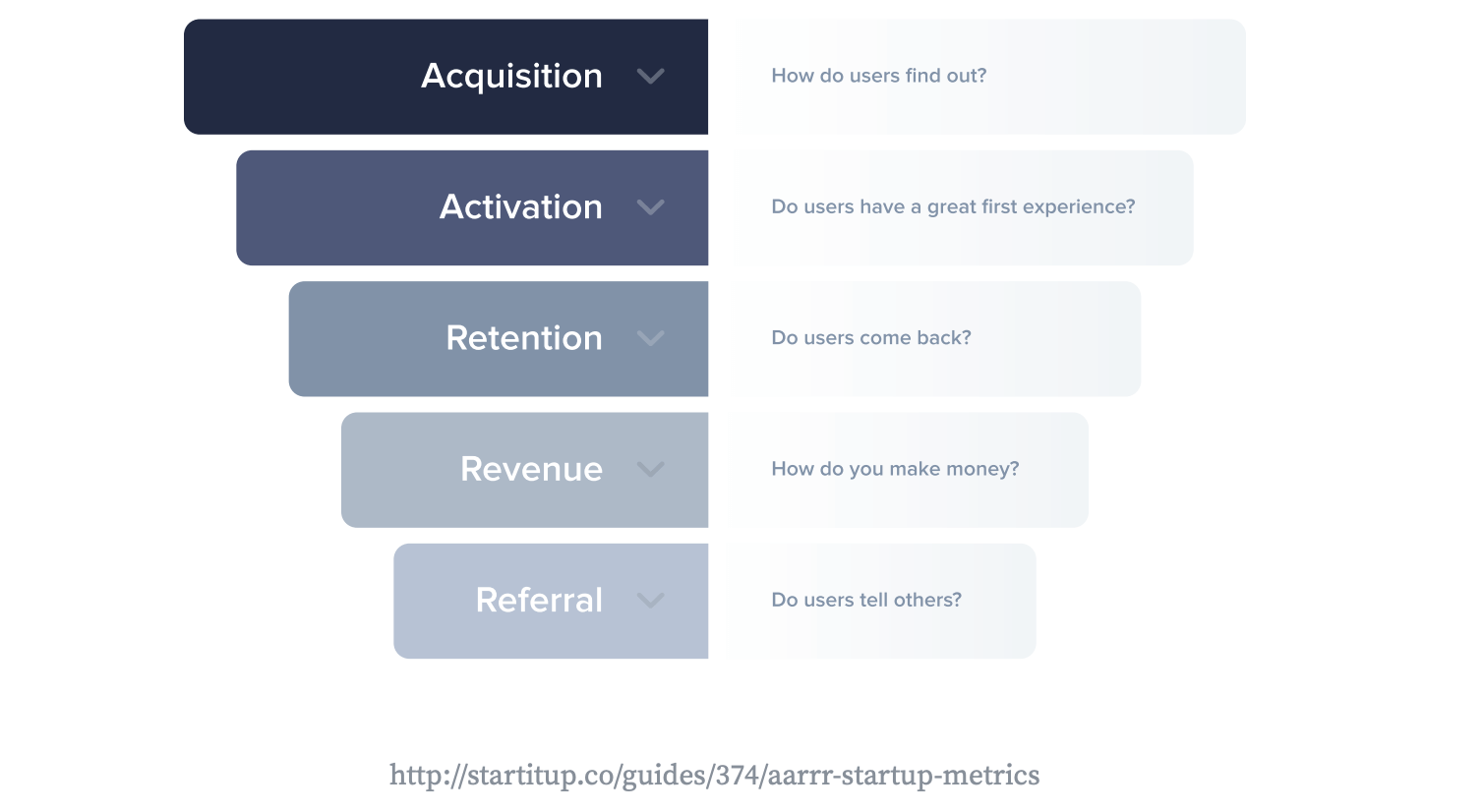To build a great product experience, prioritize delighting your customer

Written by Scott Baldwin, Director Product Management at Thinkific, for our ebook, The Path to Product Excellence: Stories and Advice From the Field.
Here’s my most delightful day: going for an early morning long mountain run (yeah, I’m that guy who’s fully alert and productive and running up a mountain at 5:00 am that you all hate); coming home, having a warm bath, and then taking a nap in the afternoon; sitting down to a roasted chicken dinner with friends or family and a great bottle of red wine; then sitting back afterwards listening to the crowd build in excitement while Duke Ellington and his orchestra bang out Diminuendo And Crescendo In Blue on their amazing live album Ellington at Newport.
Moments in life like these are always delightful. As a product manager, I often struggle to find that same sense of delight in the products I’m using or sometimes even in the ones I build on my own. But when I do, it’s a remarkable joy often captured in a single detail, a small interaction, or a thoughtful, timely touch that’s instantly memorable and often unforgettable.
So, what exactly is delight?
Delight is generally defined as having a high degree of gratification, pleasure, and joy. From the perspective of product development, Aaron Walker, in his book Designing for Emotion, describes a hierarchy of user needs. He says that every product must be functional (solving a problem), reliable (up and running), usable (easy to use, learn, and remember), and pleasurable. For comparison, Dana Chisnell describes three approaches—Pleasure, Flow, and Meaning—that teams can use to add delight to their product.
Who is prioritizing delight?
Whether you work in B2B or B2C, spending even a bit of effort on delight will drive improvements in your key AARRR metrics (acquisition, activation, retention, revenue, and referral).

- For acquisition, Dollar Shave Club spoke to shaver pain points, poked fun at themselves, and announced to the world that they were ready to shake up a previously forgettable industry. They became the second-largest men’s razor seller in America.
- For activation, productboard provides a helpful overview of the product’s features while emphasizing their philosophy and the problems they solve. They even show new customers example content in the interface to get them started with the product.
- MailChimp boosts retention with an easy to use dashboard that outlines the steps required to send your first email. They also offer great knowledge base content that’s well-structured, easy- Clear Strategy 76 to-read, and a support team when you need it.
- Delight drives ongoing revenue and referral. Help Scout takes time to send their customer short thank-you notes that highlight significant moments or milestones. These types of actions, while small, lead users to recommend these companies to others looking for solutions.
How to plan for delight
It’s up to you as a Product Manager to determine how to prioritize delight. Here are some ways you can get started:
Measure delight
Measure your delight success with metrics, such as those based on Google’s H.E.A.R.T, a framework to measure user experience on a large scale:
- Happiness: satisfaction, perceived ease of use, and NPS
- Engagement: number of engagement actions taken
- Adoption: changes in adoption rate, number of new subscriptions, number of signups
- Retention: number of active users, repeat usage or subscriptions, renewal rates
- Task Success: number of completed tasks, time on task
Include delight in feature ranking
I include delight as one of our key drivers in productboard, with every feature ranked for delight. Use Google’s H.E.A.R.T.’s 5 factors listed above to rank and prioritize product changes using each factor as a Driver in productboard.
Include delight in your product development process
Incorporate delight in all areas of your product development process. Dan Olsen covers some of these topics in The Lean Product Playbook.
- Use open-ended questions when interviewing users to get the real meat of their issues and discover what they’ll respond to most positively. Sprinkle those discoveries into each release to “[put] small amounts into your savings account.”
- When prototyping solutions, consider how your team can reduce friction, wasted effort, and cognitive load. Provide subtle but not annoying interactions that bring in your product’s personality.
- Ensure your product aesthetics are appealing and create a positive first impression.
- Develop a style guide, such as MailChimp’s Content Style Guide, to capture and consistently convey your product’s voice, tone, and character.
- Don’t just consider core business objectives, such as revenue, when making your product strategy. Include customer related objectives, such as delight that might lead to improvement.
Share delight
Share your users’ delight with your team, such as:
- Social media mentions where someone calls out that nice interface touch or an unexpected way something works
- A call into your support or customer success team where a customer mentioned something that was easy
These shared delights encourage your team and help them see the value in prioritizing delight.
. . .
This post is an excerpt from our ebook, The Path to Product Excellence: Stories and Advice From the Field. Get your copy now for more valuable insights from product management thought leaders.


![The CPO’s Blueprint for Annual Planning: An Opportunity to Drive Change [Part 2]](https://www.productboard.com/wp-content/uploads/2024/11/strategy-blueprint-560x293.png)



